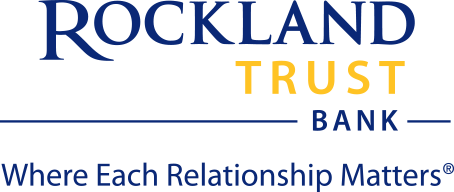Written by Steve Andrews

The July Employment Report showed the U.S. added just 73,000 nonfarm payroll jobs last month. Revisions to May and June reduced earlier estimates by a combined 258,000 jobs, resulting in a net loss of 185,000. Revisions to summer job data are common due to seasonal adjustments, particularly for teachers, but this year’s changes were far larger than normal.
One reason lies in the survey process itself. The Bureau of Labor Statistics (BLS) compiles jobs data from employer questionnaires, but response rates have fallen significantly. Before COVID, about 63% of surveyed companies replied by the deadline; today that figure is under 40%. The BLS fills in gaps with “seasonal adjustments” for recurring shifts, such as teachers leaving in the summer and returning in the fall. When more data trickles in, the BLS revises its estimates–sometimes sharply, as we saw in July. Beyond survey mechanics, the tariff environment has also prompted many companies to delay hiring and expansion plans. Businesses continue to report difficulty finding qualified workers, consistent with other small business and industry surveys.
Markets and Services Sector
Despite the sharp revisions, the stock market largely shrugged off the jobs report. The U.S. services sector – responsible for more than 70% of GDP – continues to grow, though survey readings varied.
- ISM Non-Manufacturing Index eased to 50.1 (from 50.8 in June). Forward-looking components–New Orders at 50.3 and Business Activity at 52.6 remained in expansion mode (above 50).
- S&P Global Services Index was much stronger, rising to 55.7, a 7-month high. New Orders rose for the 15th consecutive month, and backlogs grew at the fastest pace since May 2022. Firms added staff but reported pressure from rising wages and tariffs.
The difference stems from methodology: S&P surveys a broader range of private sector firms, including technology, finance, and professional services, while ISM focuses more narrowly on traditional industries and public services. In July, technology led gains in the S&P survey, posting its strongest growth in four years. Despite differences, both reports point to continued U.S. economic expansion supported by healthy domestic demand.
Inflation and Fed Outlook
Inflation remains subdued. The July CPI rose 2.7% year-over-year, while the six-month annualized pace is just 1.9%. Core CPI (excluding food and energy) is running at 2.4%. The Fed’s preferred measure, the PCE Index, shows similar results. Second-quarter GDP data indicated inflation rising at a 2.0% annualized rate, in line with the Fed’s target.
Importantly, inflation pressures are not being driven by tariffs, but by service categories like airfares, insurance, and medical costs. With inflation at or below target, the Fed has flexibility to lower rates, if necessary, though policymakers have stressed they are in no rush.
Consumers and Corporate Earnings
Meanwhile, the U.S. consumer continues to power growth. In June, personal spending rose 0.3%, supported by gains in both goods (+0.5%) and services (+0.3%). Average hourly earnings are up 3.9% year-over-year, nearly double the rate of inflation, while household net worth remains near record highs.
Corporate results reinforce this backdrop: with over 90% of S&P 500 companies reporting Q2 earnings, 82% beat expectations by nearly 9% on average. This strength has lifted forward earnings forecasts and supported stock indexes.
Looking Ahead
The Fed remains cautious. While another weak jobs report coupled with slower consumer spending could force a rate cut, policymakers will avoid moving too aggressively. Last fall’s rapid one-point reduction in the Fed Funds rate led to higher long-term yields–the opposite of their intent–so they are wary of repeating that mistake. Rate cuts, while welcomed by markets, typically signal concern about economic weakness. For now, the Fed’s lack of urgency is itself reassuring: the U.S. economy remains in relatively solid health.





